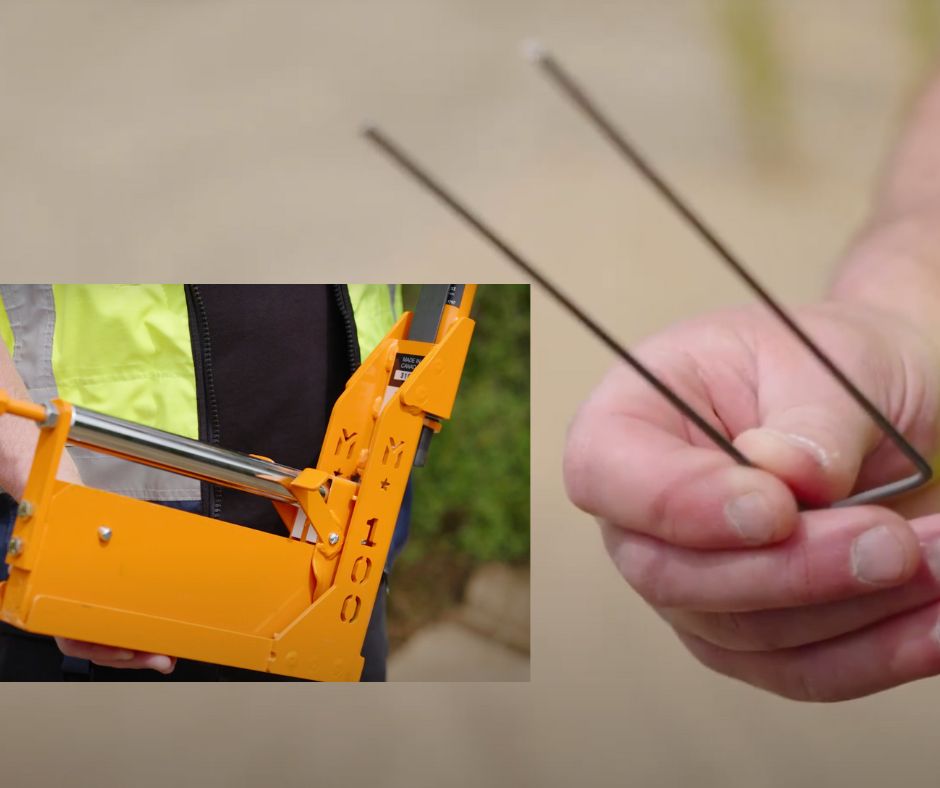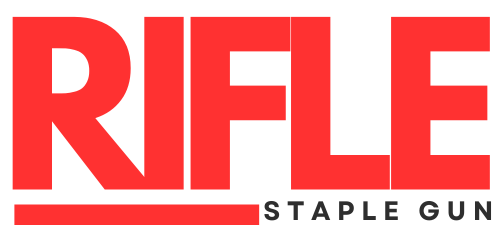
Mechanical Staple Gun for installing 6-inch U- shape pins: The Pros and the Cons
Share
Installing 6-inch sod staples into the ground is a crucial task for many erosion control projects, especially those involving large-scale erosion control blankets. While this process is traditionally done by hand, the introduction of large staple guns has revolutionized the industry. However, like any tool, staple guns come with their own set of pros and cons. Here’s an in-depth look at the advantages and challenges of using a large staple gun for this task.
Pros of Using a Large Staple Gun
1. Reduced Worker Strain and Fatigue- Installing staples by hand requires workers to repeatedly bend over, which can cause undue strain on their backs. Over time, this can lead to worker compensation issues, sore backs, and decreased productivity.
- A staple gun minimizes bending and repetitive movements, allowing workers to remain productive throughout the day.
- A staple gun allows operators to install staples six times faster than by hand. This speed significantly reduces the time required to complete large-scale projects.
- With faster installation, fewer workers are needed, which can result in significant labor cost savings.
- The staple gun ensures consistent penetration of staples into the ground, leading to a more secure installation of erosion control blankets.
- The rhythmic application of staples allows for a uniform pattern, enhancing the overall quality of the project.
- Staple cartridges, typically holding 50 staples, are easy to carry on a belt or in pockets. Applicators can carry hundreds of staples at a time without needing to return to the supply box frequently.
- Older workers, particularly those over 30, benefit significantly from using a staple gun as it reduces the physical strain associated with manual staple installation.
Cons of Using a Large Staple Gun
1. Initial Cost- The staple gun system, including the gun and cartridges, is two to four times more expensive than loose staples. For some, the upfront cost may be a barrier.
- However, the efficiency and labor savings often offset this cost over time.
- In loose soils, staple guns work flawlessly. However, in rocky soils or hard, dry terrains, the guns are prone to jamming.
- Applicators need to feel the staple’s progress into the ground. If resistance is felt, they must stop to avoid bending the staple or jamming the gun.
- In rocky conditions, short jackhammer-like strokes can help guide the staple into place or move small stones out of the way.
- Jamming can occur due to inconsistent gluing of staple cartridges or foreign debris, such as small pebbles, entering the gun’s tracks.
- Proper training and regular maintenance are essential to minimize jams and ensure smooth operation.
Maximizing the Benefits
With the right care, training, and understanding of soil conditions, the Rifle Staple Gun System offers numerous advantages:
- Cost Savings: Faster installation and reduced labor needs lower overall project costs.
- Superior Results: Consistent staple placement leads to a better-secured erosion control blanket.
- Improved Efficiency: Workers can carry more staples and work longer without fatigue.
Conclusion
While there are challenges to using a large staple gun, particularly in difficult terrain, the benefits far outweigh the drawbacks when the tool is used correctly. For large-scale erosion control projects, a staple gun not only saves time and labor but also ensures a higher quality installation. With proper training and maintenance, the Rifle Staple Gun System can transform the way staples are installed.
For more information or to see the Rifle Staple Gun in action, visit YouTube and search for the Rifle Staple Gun.
By Mark Myrowich, CPESC, CAN-CISEC
